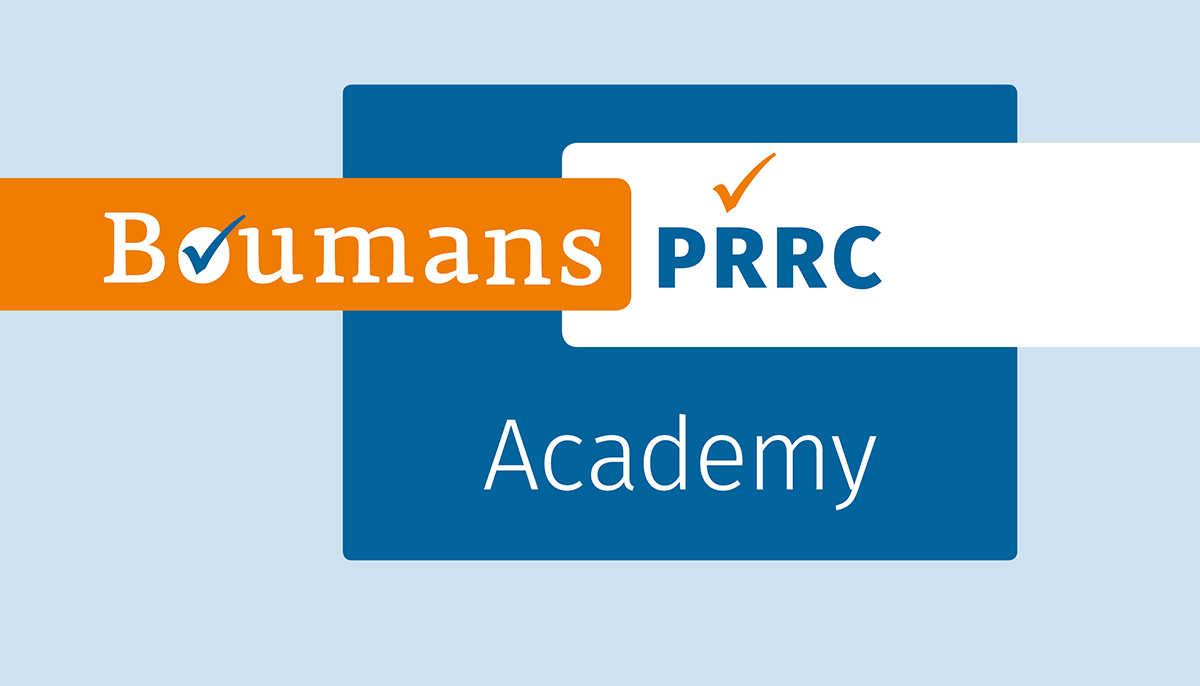Basic UDI-DI
MDCG guidance 2018-1 Rev. 4 starts with: ‘The Basic UDI-DI is the main key in the database and relevant documentation (e.g. certificates, declaration of conformity, technical documentation and summary of safety and clinical performance) to connect devices with same intended purpose, risk class and essential design and manufacturing characteristics.’
In order to help you understand the full weight of this sentence, let me rephrase this: ‘The Basic UDI-DI identifies in EUDAMED the data covering a family of devices with the same intended purpose and the same technology and materials that are covered by the same set of technical documentation, certificate and declaration of conformity.’ Note that the risk class is left out; if a device has the same intended purpose and the same technology driving it, the risk class will also be the same. T
he Basic UDI-DI is therefore the key identifier for the documentation that you will provide to your notified body. Next to the requirement to first check the justification of the product status and the risk classification according to (MDR Annex VII, section 4.3), the notified body will also look at how the Basic UDI-DI identifies the various device families. This will be used to provide a structure for the technical documentation review.
Right now I am getting questions from companies that are questioned by their notified bodies about their Basic UDI-DI groupings. Here are some tips on how to set this up.
Global Model Number
In the USA the FDA has setup their own UDI system. Where the European system has started from the perspective of patient safety and identification in the distribution chain, the USA system has its roots in logistics. Both approaches have their merits and right now they are converging, applying as much as possible the benefits of both systems to mitigate the lesser points. To illustrate the main differences between the USA and the EU, I will use the structure presented by GS1.
GS1 is a large UDI issuing agency and has its roots in logistics in other industries. GS1 sets up UDI around the Global Model Number (GMN). The GMN identifies the device family in the Global UDI Database (GUDID). The Global Trade Item Number (GTIN) is linked in the GUDID to the GMN. The GTIN is also mentioned on the label, in most cases together with the application identifier (AI). Note that the rules to define the Basic UDI-Di are stricter than those for the GMN.
Both systems can be summarized in below table:
| Jurisdiction | EU | GS1 |
| Device Grouping | Basic UDI-DI | GMN |
| Device ID | UDI-DI | GTIN |
| Production ID | UDI-PI | AI |
| Label | UDI-DI+PI | GTIN or GTIN+AI |
Example disease: regulitis eudamis
A new disease has recently been identified, for training purposes only: regulitis eudamis. This is a non-existing disease, which is diagnosed by a non-existing device and treated with a non-existing range of devices. Regulitis eudamis has two forms, an acute or a chronic condition. The difference can be diagnosed by a single type of device, the treatment devices have significant differences.
There is a manufacturer who specializes in this condition. They have the full range of devices in their portfolio:
- One diagnostic device that operates in a stand-alone environment with quite simple software;
- One diagnostic device that uses artificial intelligence and can make a wireless connection with the Internet;
- Three sizes of devices that can be used in hospital for treatment of the acute condition;
- Three sizes of devices that can be used in hospital to treat both the acute and chronic condition;
- Two models (with or without internet connection) in three sizes for treating the chronic condition at home, by lay users;
- A sterile set of a syringe, line and drape that is for single use. This set comes in three sizes, but is identical for each treatment device. Home use and hospitals have each their own package configuration. Each component is certified and CE-marked individually.
The question is how they should organize their Basic UDI-DI.
Basic UDI-DI perspectives
When grouping devices for the Basic UDI-DI, companies often find it difficult to see that separate from their history. For example, marketing, production or design generations may be mistaken as drivers for the Basic UDI-DI. Some examples of how this may result in confusion:
- From a marketing perspective, it would make sense to split this up into two families: hospital care, home care. And for their marketing they probably should. But the devices are too divers in terms of use and technology to be in one family;
- Production may like a distinction in sterile and non-sterile, and maybe they want to go even for a more granular approach by separating the diagnostic and therapeutic devices in different groups. But this still does not honor the various intended purposes;
- Something similar can be said for an approach based on product generations, with the ‘older’ devices in one group, and the ‘younger’ ones in another. This too does not honor the level of detail required for the Basic UDI-DI.
Proposed Basic UDI-DI groupings
When applying the criteria for a Basic UDI-DI, the following grouping can be made:
- Basic UDI-DI-01: all variants of the ‘simple’ diagnostic device. The intended purpose is ‘diagnosis’, there is a technical difference with the AI version;
- Basic UDI-DI-02: all variants of the diagnostic device using artificial intelligence. The intended purpose is ‘diagnosis’, there is a technical difference with the version that does not use AI. Internet connection is a different technology;
- Basic UDI-DI-03: all sizes of the ‘acute only’ treatment device. The intended purpose is ‘treatment of the acute condition in a hospital’, which is different from all other intended purposes;
- Basic UDI-DI-04: all sizes of the acute and chronic treatment device for use in hospitals. The intended purpose is ‘treatment of the acute and chronic condition in a hospital’, which is different from all other intended purposes;
- Basic UDI-DI-05: all sizes of the home treatment device without internet connection. Also see Basic UDI-DI-06. The internet connection allows for direct communication with a healthcare professional, which changes the intended purpose. Internet connection will result in specific cybersecurity measures, which need to be addressed. This will result in specific sections in the technical documentation, and that is the result of specific technology used. Therefore these are different device groupings;
- Basic UDI-DI-06: all sizes of the home treatment device with internet connection;
- Basic UDI-DI-07: the syringe that is part of the set. These last three devices have a different intended purpose and design. Therefore, they are each identified by a different Basic UDI-DI;
- Basic UDI-DI-08: the line that is part of the set;
- Basic UDI-DI-09: the drape that is part of the set;
This company will also act as a System and Procedure Pack Producer and they will have to request a Single Registration Number in EUDAMED that reflects this role. Once they have done that, an extra Basic UDI-DI must be created:
- Basic UDI-DI-10: the set of sterile devices. Even with the different package configurations, they can apply just one Basic UDI-DI, because the intended use and technology are the same. Note that the Basic UDI-DI of the set does not replace the Basic UDI-Di of the individual devices.
The above list of Basic UDI-DI’s may be made more granular, if the company can justify that. For example, they may want to split the Basic UDI-DI for the sets of sterile devices in hospital or home use. Depending on the exact intended purposes, there could be grounds for some device families to be larger. However, it should be clear that the Basic UDI-DI must be setup regardless the history of these devices or emotional considerations from Marketing, Production etc.
Defining Basic UDI-DI groupings, and understanding their consequences may not always we as simple as illustrated above. For help with that, and other EUDAMED and UDI related questions, just reach out. In this post I dive deeper on the strategic importance of the Basic UDI-DI. To be continued…





